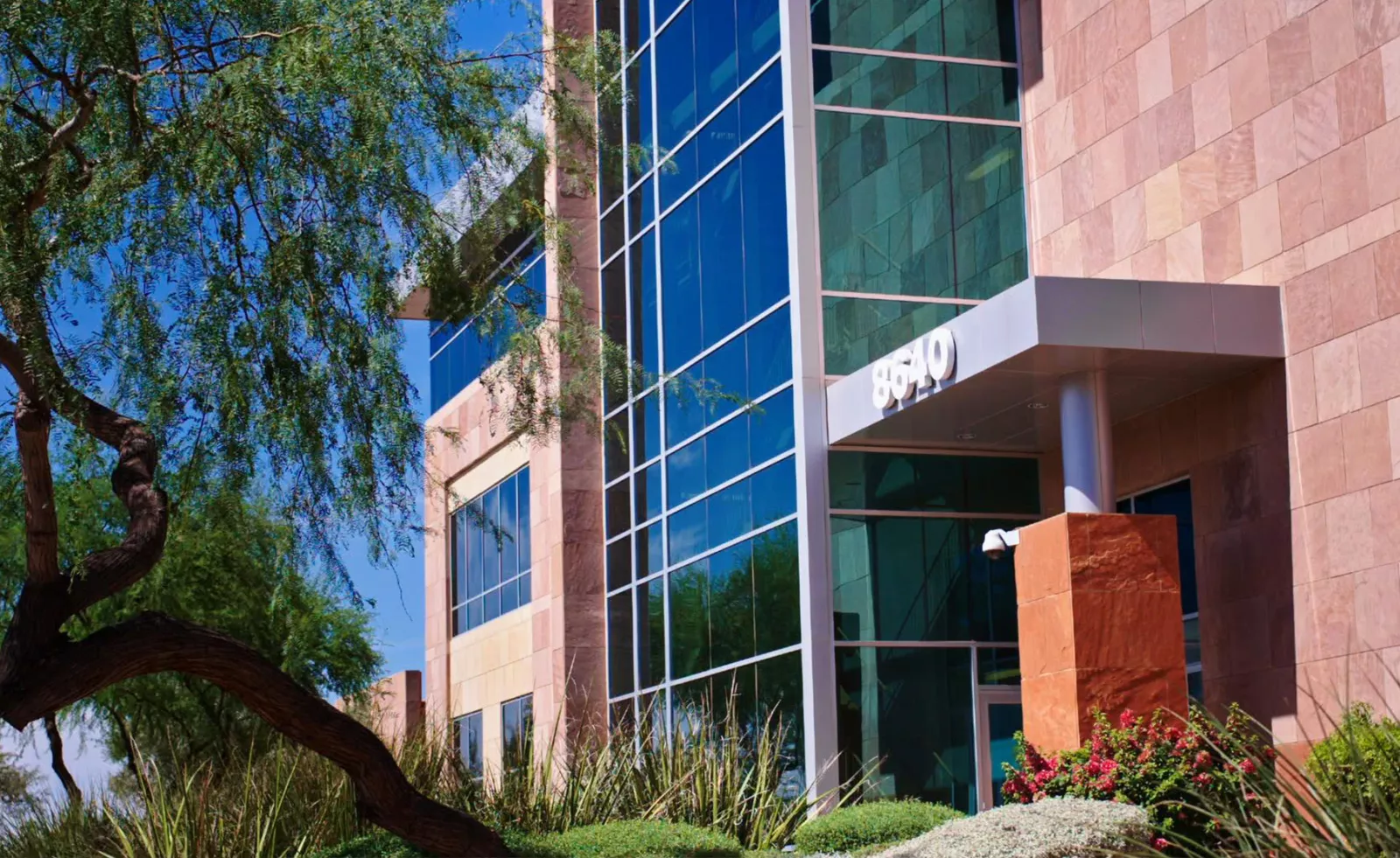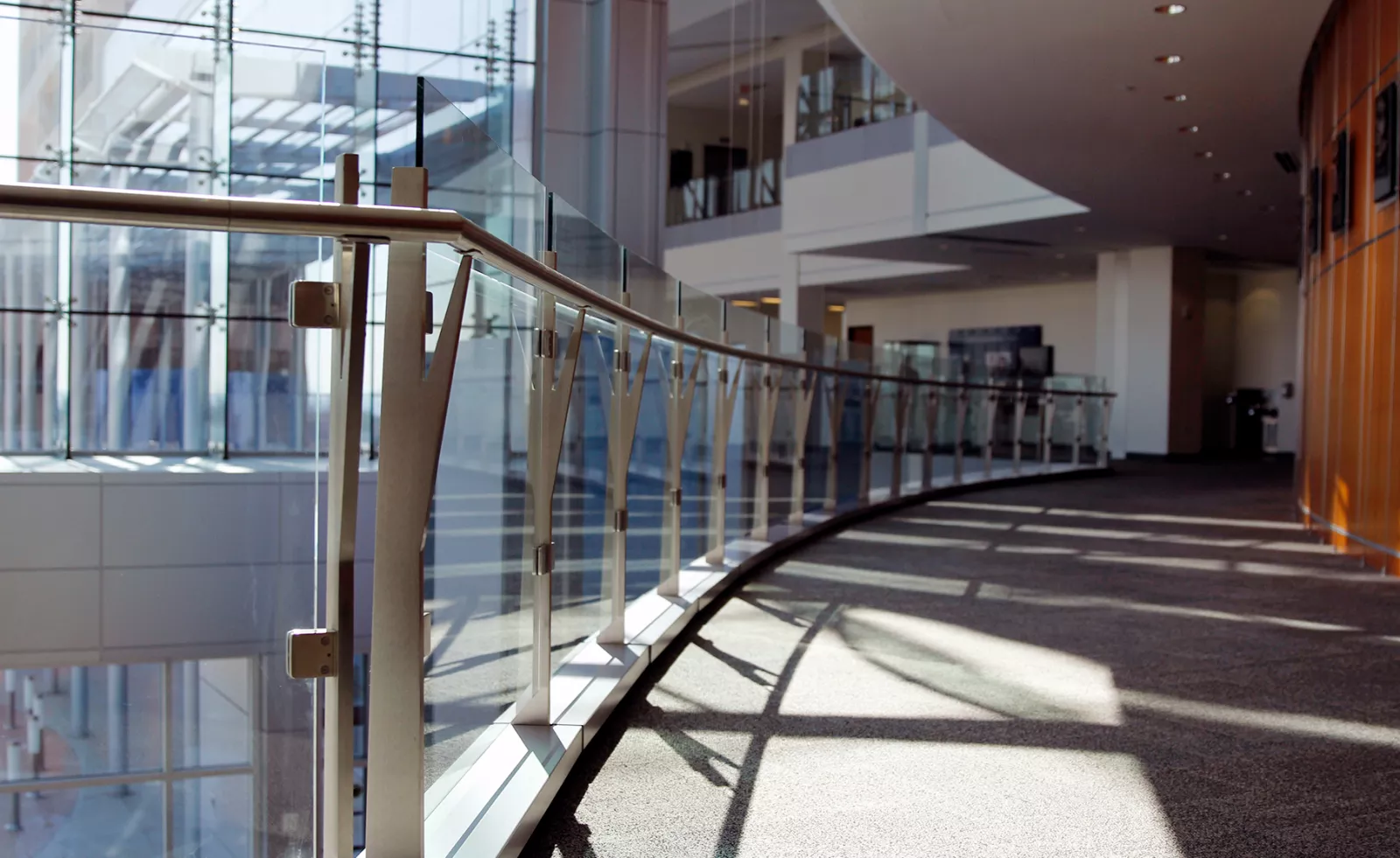Green building best practices
Our belief in doing what’s good, right and sustainable takes shape at our headquarters in both the United States and Canada.
At our headquarters in St. Louis, Mo., and Tempe, Ariz., we seek to reduce the environmental impact of our buildings and employees by using long-lasting materials, energy-smart systems and minimizing our footprint via on-site recycling and composting.
Buildings designed to last
It’s not enough to follow sustainable business practices. The buildings where we work must be part of the process too.
- Building exteriors are constructed with long-lasting, natural and recyclable materials such as zinc, stone, terra cotta and others.
- Adaptive reuse of one of our office buildings diverted many tons of waste from local landfills, as the structure was improved instead of being demolished.


A more energy-efficient Edward Jones
The best way to reduce energy is to not to use it. That’s why we’re always looking to improve our lighting, heating and cooling systems as they typically represent almost 70% of the total energy use in our office buildings. Some recent highlights include:
- Use of motion-sensor lights to ensure fixtures are only on when rooms are occupied
- Adjust overhead lighting levels to make the most of natural daylight
- Deploy efficient, indirect-lighting fixtures
- Minimize overnight and decorative lighting
- Fine-tune HVAC systems to minimize energy consumption


Waste not, want not
We seek to eliminate waste sent to landfills, and encourage recycling and composting through strong internal sustainability practices.
- Employees have access to recycling and compost bins, and can recycle personal items through electronics recycling drives.
- Compost that’s collected in our buildings becomes soil and mulch for green landscaping efforts.
- Office furniture and all other equipment that can’t be donated are recycled through authorized recyclers.